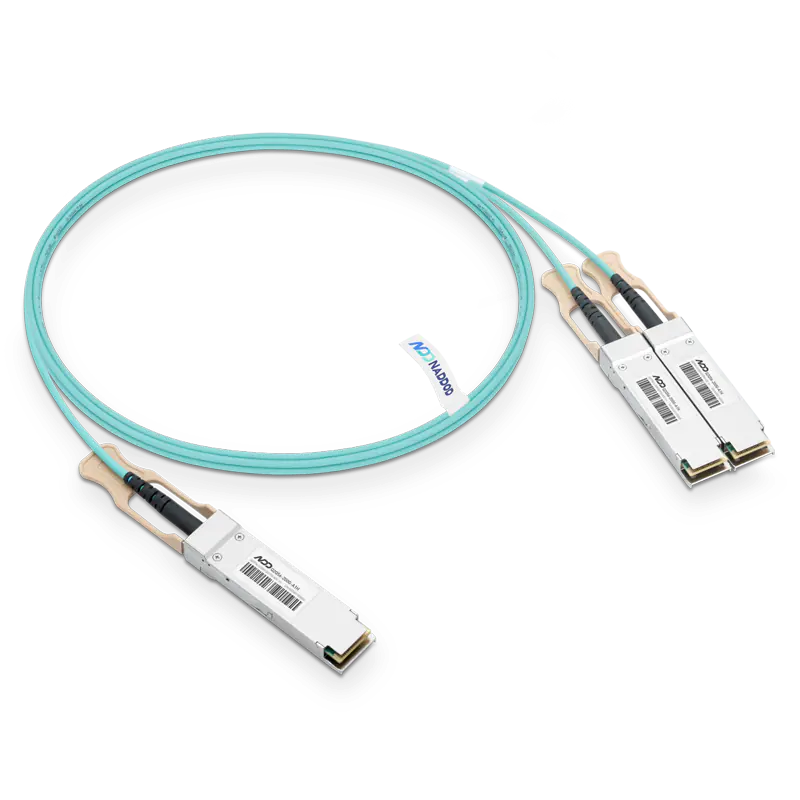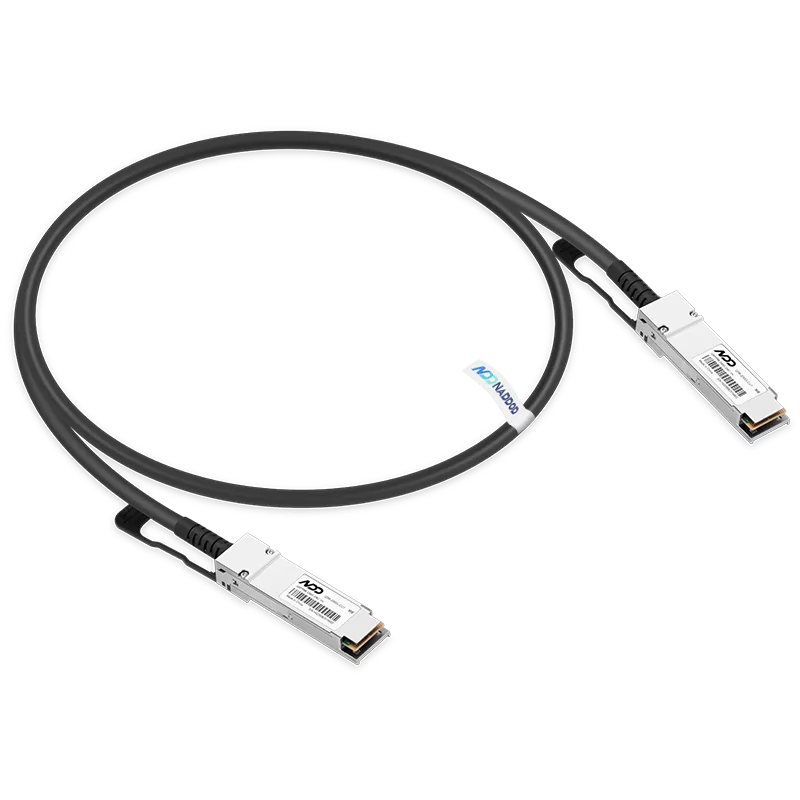Find the best fit for your network needs

share:
 800GBASE-2xSR4 OSFP PAM4 850nm 50m MMF Module
800GBASE-2xSR4 OSFP PAM4 850nm 50m MMF ModuleLearn More
Popular
- 1Optimizing Large-scale GPU Clusters: Strategies for Performance and Scalability
- 2High-Speed Optical Transceiver COB Packaging in Data Centers
- 3Development Trend of Optical Transceivers - Co-Packaged Optics (CPO)
- 4The Key Role of High-quality Optical Transceivers in AI Networks
- 5Common Problems While Using Optical Transceivers in AI Clusters











































